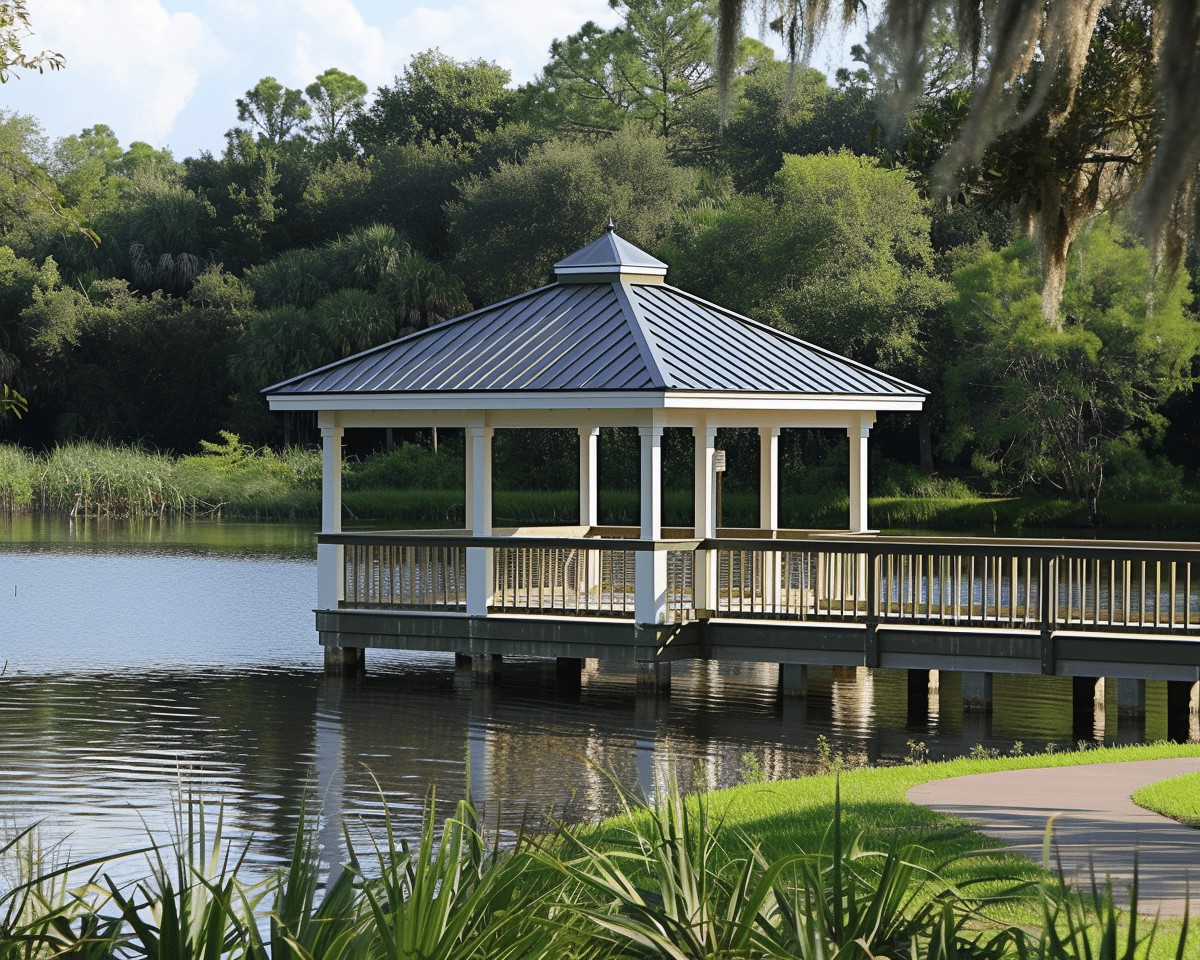A tooth loss can affect your ability to speak and chew correctly. It could also have an effect on your self-confidence and confidence. Replacement of teeth is thus crucial. There are a variety of options for replacing missing teeth, such as dental implants, dentures and crowns.
Dental implants are well-known for the replacement of missing teeth since they are comfortable and appear like natural teeth. Implants are a long-lasting option that does not require additional care, other than regular flossing and brushing. Your dentist will decide if you`re a good candidate to receive dental implants based on a variety of factors such as the health of your jawbone and gums.
If you`re not a good candidate for dental implants, or want to consider a different choice then there are other options for replacing your missing teeth. Dentures are removable dental appliances which can be utilized to replace missing teeth or a number of them. Crowns are an alternative to repair decayed or damaged teeth that require additional support after treatment. Your dentist will work with you in determining the best method of treatment depending on your particular needs and preferences when it is time to replace your tooth. Forest and Ray is a important source to get more information.
There are many options available for tooth replacement.
Teeth are essential to our appearance and health. The loss of one or more of our teeth has a significant impact on our ability to speak and eat, as well as our self-esteem. There are a variety of options for replacing missing teeth.
False teeth are removable prosthetics that can be placed over your gums. Dentures can be utilized to replace a single tooth, or to replace several teeth. False teeth are composed of different materials, including acrylic resin, porcelain or alloy of metal.

Dental implants are another option for replacing missing teeth. Implants are put in place by surgically insertion of a titanium post into the jawbone, exactly where the tooth used to be. Once the implant is bonded to the bone then the tooth that will replace it is attached.
Another option to replace missing teeth are bridges made up of one or more artificial teeth, which are anchored by natural teeth that are adjacent or dental implants. Bridges are made of various materials, including porcelain and ceramic.
Talk to your dentist about the best treatment for your health and needs. No matter which option you choose, taking care of your teeth and maintaining them properly can ensure long-term success improving your smile and confidence.
Consultation and Evaluation Process
During the consultation and assessment process Your dentist will evaluate your oral health in order to decide on the best solution for replacing missing teeth. They might recommend dental implants as well as a denture or a dental bridge depending on the specific requirements of your. Implants can be advised if you suffer from missing teeth. It is protected by your surrounding teeth and can also make your smile stronger.
If you have multiple missing teeth, a partial denture or removable partial crown may be recommended since they provide greater flexibility than a fixed bridge. Your dentist will outline all options available to you, allowing you to make an informed decision. In certain cases, teeth whitening treatments may be recommended prior to proceeding with any type of tooth replacement to ensure that existing teeth are in the same shade as any new restorations.
The process of preparing for it involves discussing the potential risks and complications with your dentist. It is important to ensure that you know what you can expect during and after the procedure. It is essential to follow the instructions given to you prior to surgery by your dentist to minimize any potential risks that may arise from the procedure. Aftercare instructions that must be carefully followed to promote healing and ensure your oral health in the long term.
Make sure you are prepared for the procedure
One of the initial steps in preparing for a tooth replacement procedure is to consult with your dentist. Your dentist will assess the condition of your missing teeth during this consultation and suggest options to replace them. Dentures, dental implants and crowns are the most common alternatives for replacing missing teeth.
Before undergoing any dental procedure, it`s vital to make sure that you`re in good dental health. Gum disease or decay can hinder the effectiveness of a tooth replacement method. Before recommending a tooth-replacement procedure the dentist might recommend treatment options such as teeth whitening and gum treatment.
It`s important to think about how a replacement tooth will affect the adjacent teeth as well as your bite alignment. In the initial consultation the dentist will explain these issues and assist you in selecting the replacement option that most closely mimics a natural tooth.
The procedure for replacing teeth
Dental implants are one way to replace damaged or missing teeth. The procedure involves putting titanium rods in the jawbone that acts as an anchor to support an artificial tooth. Implants for dental use can be made out of ceramic or other materials to match the surrounding teeth.
Dental bridges are another alternative to replace missing teeth. Bridges use the teeth located on each side of a gap to support a false tooth or several false ones between. Bridges can be constructed of various materials, including ceramic or porcelain, however they might require additional dental care in case bone loss has occurred in the vicinity.
Partial dentures can be utilized for replacing missing teeth. They are removable devices attached to natural teeth using clasps or attachments that are precise. They can be made from metal or acrylic resin and are a less expensive option compared to other methods.
Whichever choice you make It is important to see your dentist for consultation and evaluation prior to beginning any procedure to replace your teeth. Your dentist will examine the health of your mouth and recommend solutions based on factors such as cost, durability, and aesthetics. The aftercare and long-term maintenance also play a role in getting the results you want without the risks or complications that come with loss of teeth with time.
Recovery and post-care
Recovery and proper aftercare are essential to the effectiveness of your tooth replacement procedure. You will receive specific directions from your dentist to make sure that you heal properly and maintain your healthy teeth for the long term.
If you`re missing a tooth many teeth, there are several options available to replace them. The removable partial denture is one of the most popular options to replace missing teeth. It can also be used for several teeth. Another option is a bridge, where an artificial tooth is placed underneath the bridge to fill the void left by the missing one.
It`s important to keep in mind that leaving a tooth missing untreated may have detrimental effects on the remaining teeth in time. As the surrounding teeth move into the space left vacant due to a missing tooth teeth decay and gum disease can be a possibility. If you need to replace one or more missing teeth, book an appointment with your dentist practice to discuss treatment options and costs for a single implant.
One of the most sought-after solutions for replacement of missing teeth is dental implants. As opposed to dentures or bridges, implants feel and look like real natural teeth as they are surgically placed in the jawbone where they fuse with it in time. With the proper care and maintenance implants may be used for many years and not having to be replaced
The long-term maintenance of a tooth replacement
To make sure that your dental prosthetic will last as long as you can, it is important to ensure that the device is maintained regularly. If you own a dental bridge, it`s vital to clean and floss around the bridge regularly. Your dentist will always suggest the use of a special flosser that can clean under the bridge too. If you have a number of teeth replaced by bridges or dentures. Regular check-ups are crucial to keep them in good overall health.
If you`ve decided to go with dental implants, then long-term maintenance requires simple steps like brushing and flossing regularly. It may be suggested by your dentist to use a mouthwash that is antibacterial to stop the growth of bacteria from forming. Periodically, X-rays can be used to determine if the bone density at the implant site is low.
A crown placed on an implant needs just as much attention as natural teeth do – brushing twice daily and flossing at least once per day should suffice in keeping their health in the long run. Implants can last for years with proper care So, make sure you be on time for every appointment recommended by your dentist throughout this time of covid pandemic too!
Be aware of possible complications and potential risks
It is crucial to take into consideration potential risks and complications when looking at options to replace teeth. A frequent issue with dental implants is the chance that the implant may not integrate correctly with the jawbone which can cause discomfort or even the need to remove the implant. If a porcelain crown was used to replace the tooth, it might chip or break in time.
Another factor to be considered when considering dental procedures is that multiple procedures are required in order to obtain the desired outcomes. It could be orthodontic treatment to ensure alignment of teeth around it or oral and maxillofacial surgeries to prepare for the placement of an abutment. While implants are made to look and feel just like natural teeth, they may not fit perfectly.
At the beginning of a consultation it`s crucial for patients to have a discussion about any concerns they be concerned about the potential risk with their dentist. There are some rare instances of more serious complications such as infection or nerve damage. Patients who have received radiotherapy or mouth cancer in the past might also need to take extra precautions during their tooth replacement due to changes occurring in facial muscles and bones.
Despite the potential risks, many people find that replacing missing teeth boosts their confidence and allows them to get their smile back. If properly care and maintenance is taken by both the patient and their dental team, dental replacements can last for many years solidly in the jaws, both lower and upper – providing peace of mind knowing that they have regained full function thanks to modern dental technology and skill!

